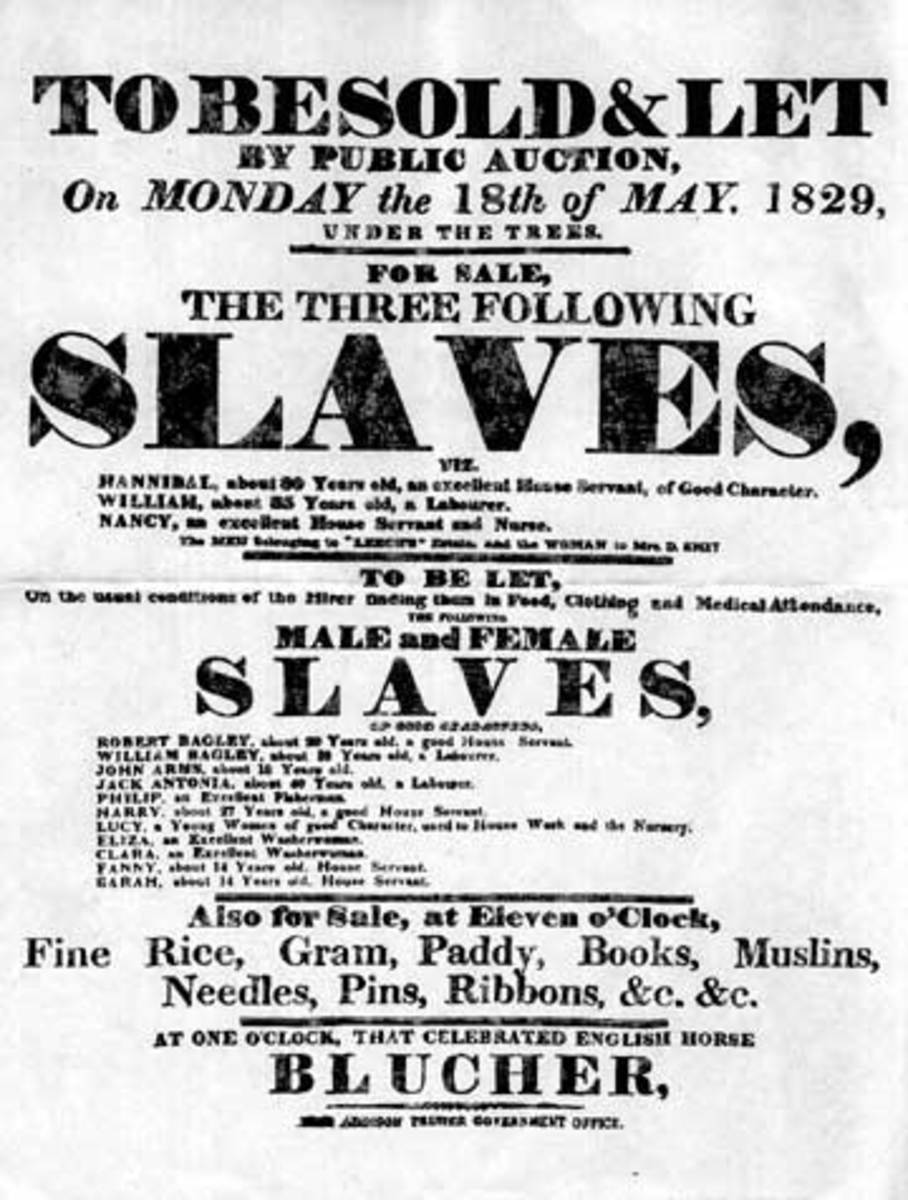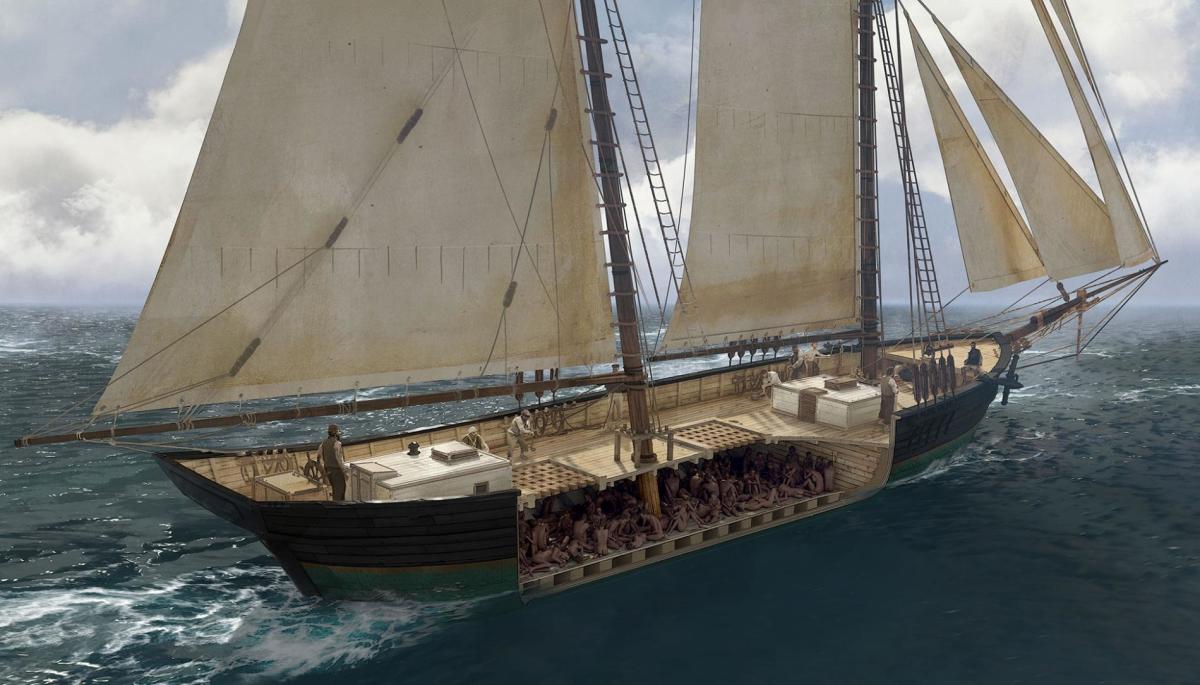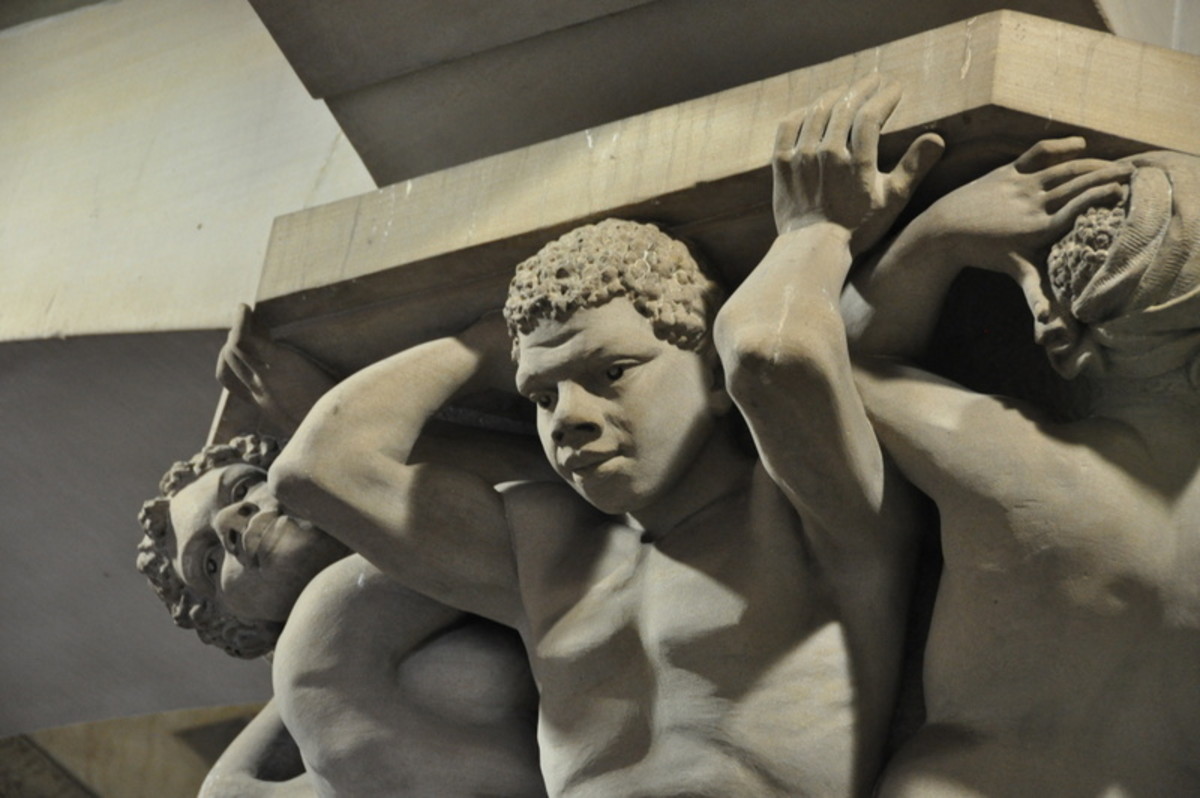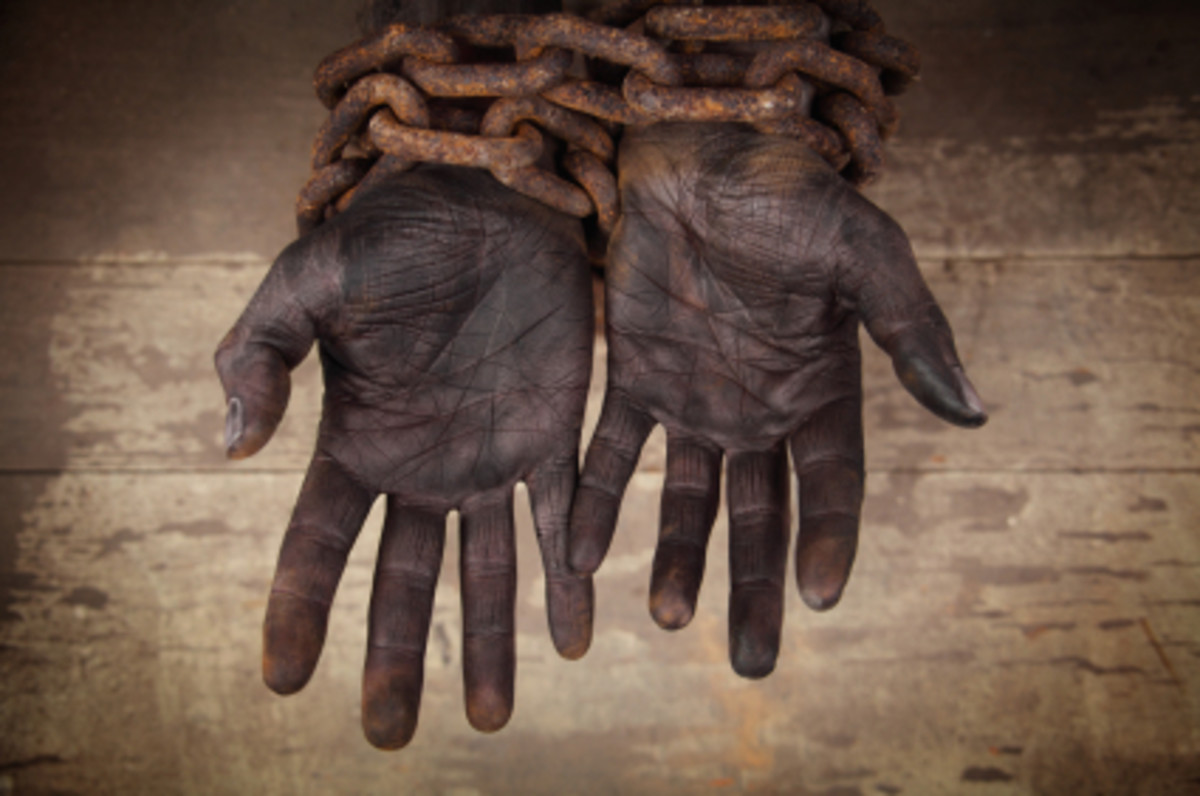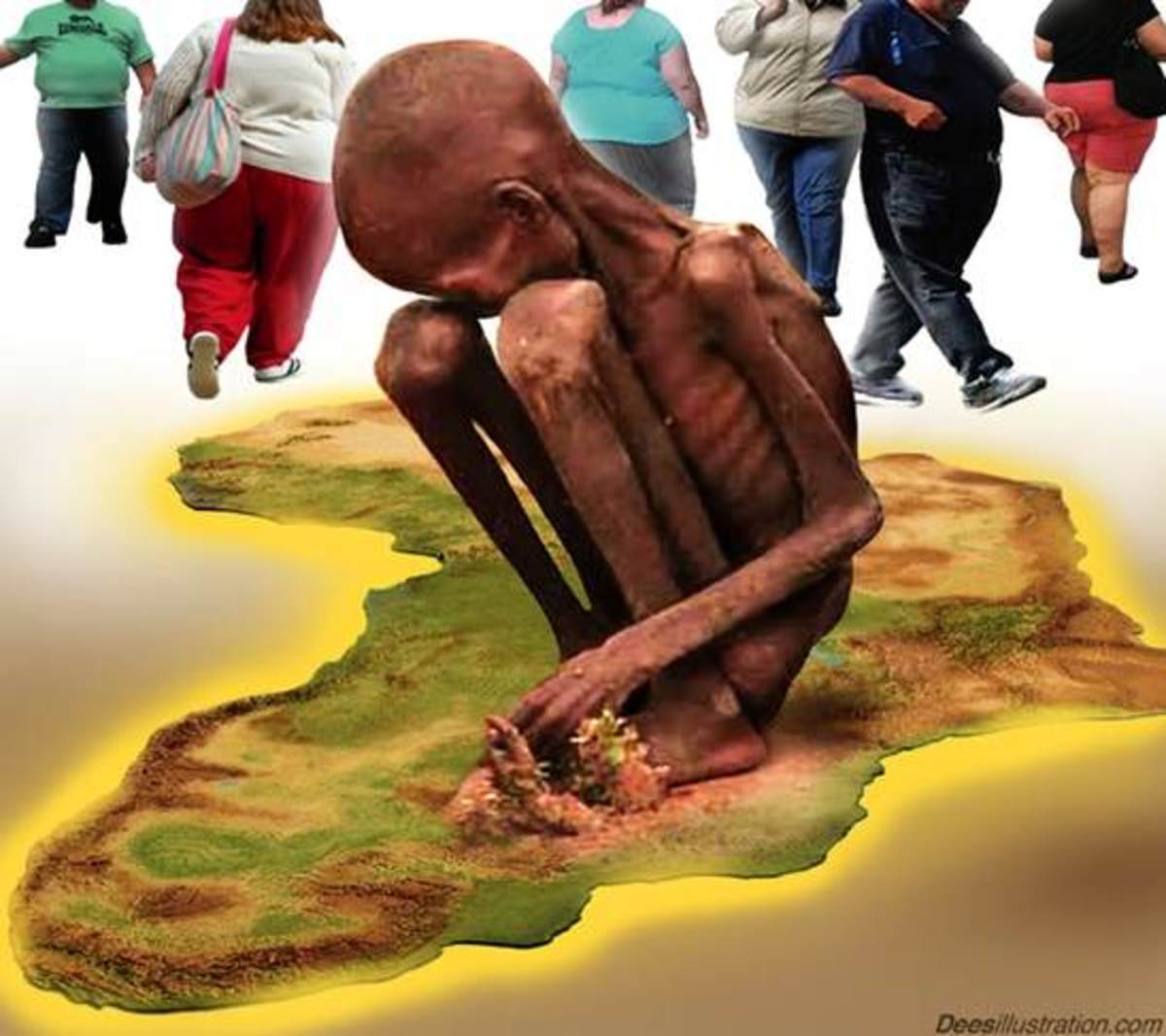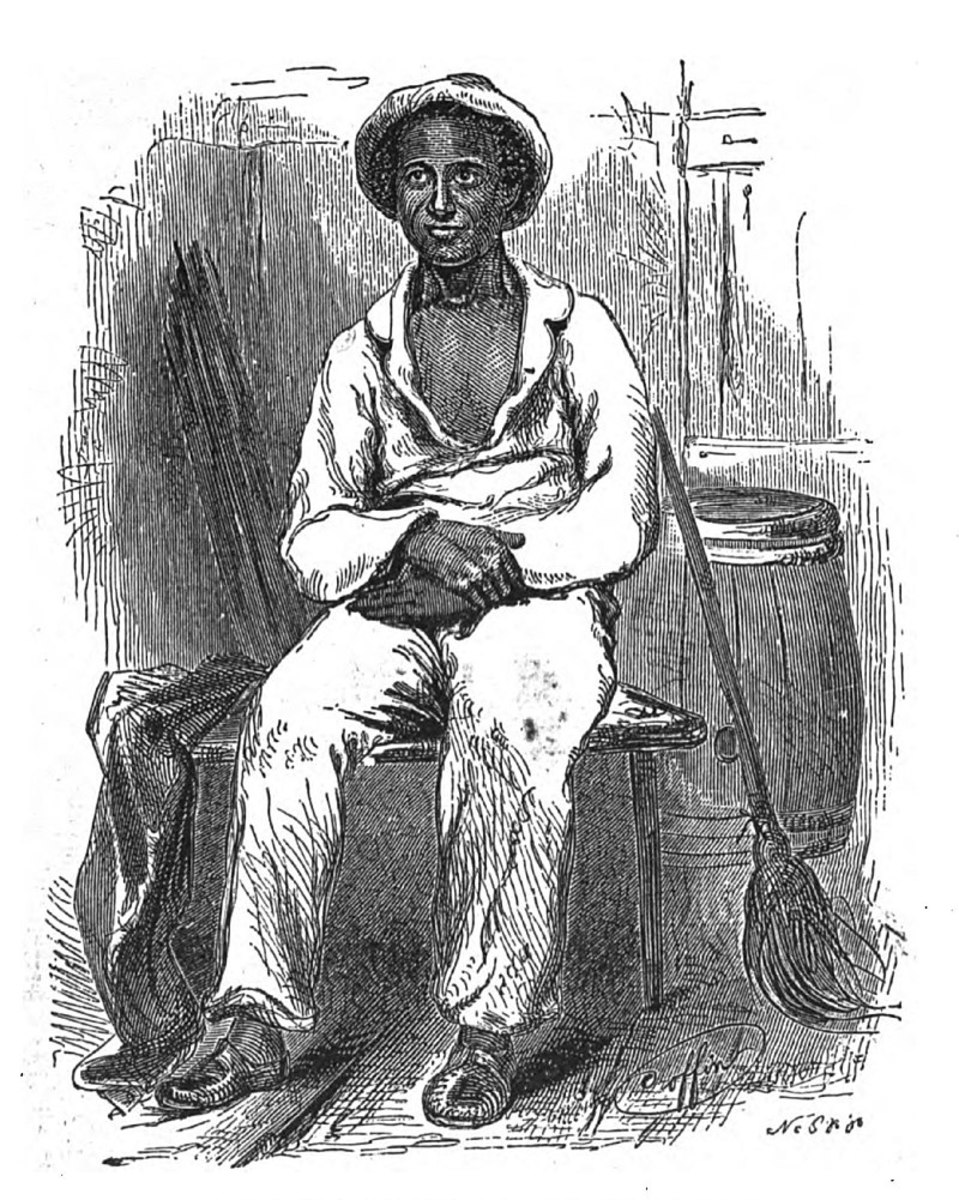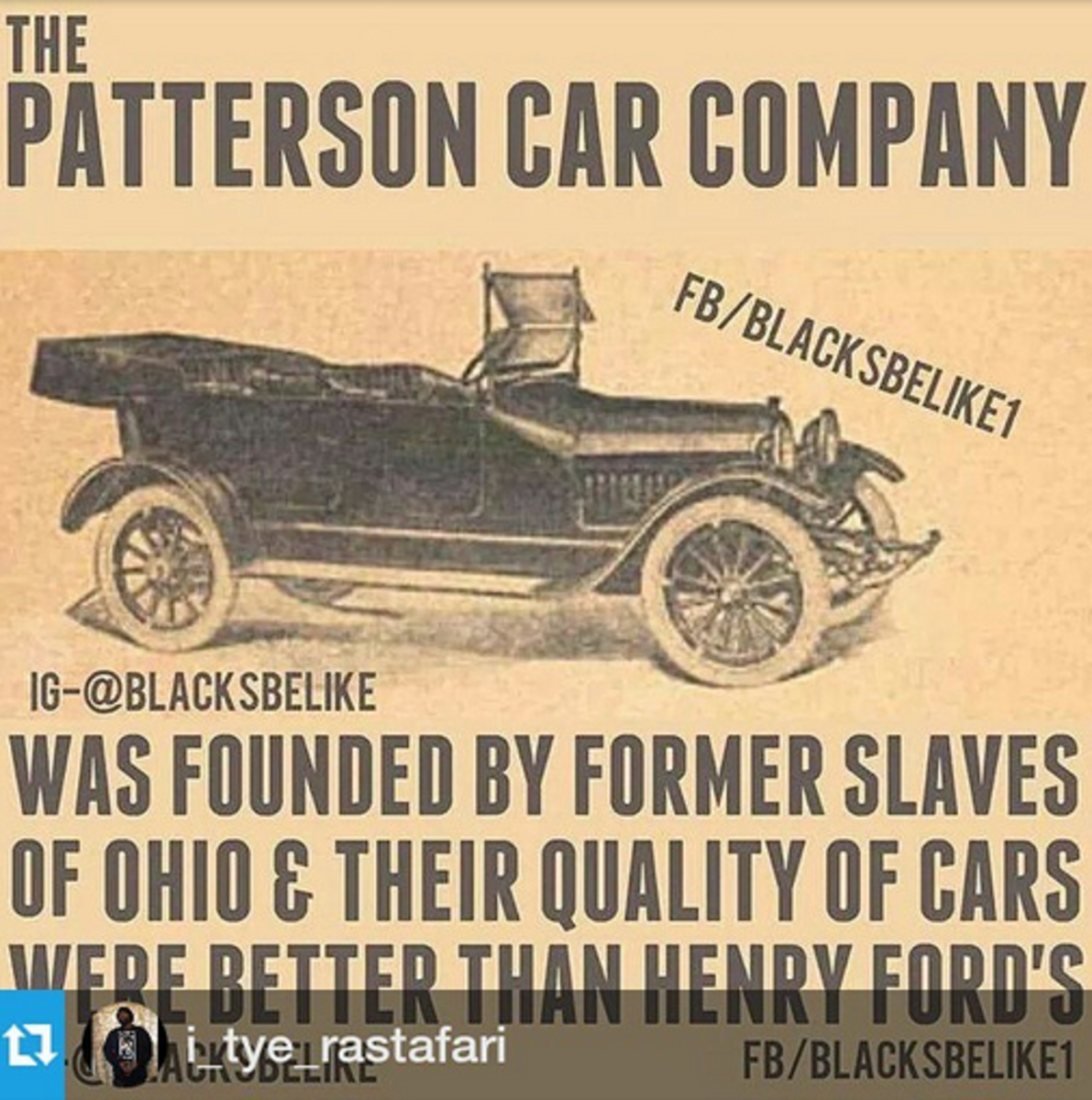- HubPages»
- Education and Science»
- History & Archaeology»
- History of the Americas»
- American History
History of Slavery in America
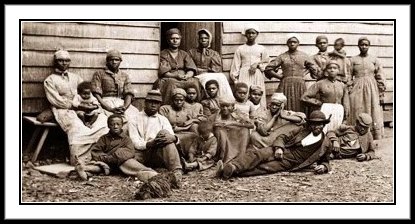


Arrival of Africans
An event that would play a significant role in American history was the arrival of Africans to Jamestown. It’s been said, in 1619 a Dutch slave trader exchanged his cargo of Africans for food and they became indentured servants, similar to many poor Englishmen who traded several years’ labor in exchange for passage to America. The historical conception of a racial-based slave system didn’t emerge until the 1680's.
The concept of the first blacks in Virginia were indentured servants, has no support in historical records. This belief was fostered because the word slave did not appear in Virginia records until 1656. Statutes defining status of blacks began to appearing in the 1660s. This logic failed to account for Englishmen, who in the early 1600’s used the term“work servant” which actually meant slave as commonly understood at the time.
Thus, slavery existed in America for the next 250 years with Africans making up the largest number. During the four centuries of the Atlantic slave trade, an estimated 11 million Africans were forcibly transported to North and South America.

Slaves Had No Rights
In the United States, slaves had no rights. A slave could be bought and sold just like a cow or horse. They had no say in where they lived or worked or voice in government. Slaves were considered property and were not allowed to learn to read or write.
Around the 1750s, some began to see slavery as a social evil which should be abolished. But even the Emancipation Proclamation of 1863 did not end slavery. Slavery continued until the end of the Civil War in 1865 when the 13th Amendment was ratified.
However, Africans were not the only victims of the slave trade. Millions of Native Americans were also enslaved, particularly in South America. In the American colonies in 1730, nearly one quarter of slaves in the Carolinas was Cherokee, Creek, or other Native Americans. And from the 1500s through the early 1700s, small numbers of white people were also enslaved by kidnapping, or for crimes or debts.


First Slave Auction
By 1625, ten slaves were listed in the first census of Jamestown. The first public slave auction of 23 individuals, was held in Jamestown square in 1638. African “indenture,” then, appears to have been no more than a legal farce in Virginia. General Court dispositions after 1640 seem to support this. Whipping and branding appeared early and were harshly administered.
One Virginian slave, was convicted for trying to escape in1640, and was given thirty lashes and the letter "R" for "runaway" was branded on his cheek. He was additionally sentenced to work in shackles for one year or more or until his master saw fit to remove them.
This was not a contractually obligated indentured servant. Rather, this was simply slavery subject to the court's definition…which meant he was merely property to do with as his owner pleased.
The general assembly of Virginia in 1662 spelled it out by passing an act which said in part, a child born of a slave mother was also a slave, regardless of the father's legal status.
The demand for African slaves continued to rise from the development of plantation agriculture. Not only were Africans skilled laborers, but experts in tropical agriculture. Therefore, they were an excellent choice for plantation agriculture. Ironically, their resistance to malaria and yellow fever compared with Europeans and Native Americans made them more desirable as tropical laborers.
In the 17th and 18th centuries, slaves worked mainly on tobacco, rice and indigo plantations along the southern coast. Following the American Revolution many Northern colonists began to associate bondage of African slaves to their own oppression by the British and abolitionists groups began to form.
In the late 18th century, with the land used to grow tobacco was nearly exhausted and the South faced economic disaster. About the same time, the textile industry in England was undergoing a huge demand for American southern cotton…a crop unfortunately complicated by having to remove seeds from raw cotton fibers by hand.
In 1793, Eli Whitney invented the cotton gin, a simple device that effectively removed the seeds. Within a few years the South changed from production of tobacco to cotton. The result was an even higher demand for slave labor.
Although, slavery was never prevalent in the North, many businessmen grew rich on investments in southern plantations. Between 1774 and 1804, all northern states eventually abolished slavery. Though the U.S. Congress outlawed African slave trade in 1808, the domestic trade continued to flourish. Slave population in the U.S. almost tripled during the next 50 years and by 1860 the number had risen to nearly 4 million. More than half were living in cotton producing states of the South.
Most slaves lived on large farms or small plantations. The majority of masters owned less than 50 slaves. A system of restrictive codes systematically controlled life among slaves. They were not allowed to learn to read or write. Although there were humane masters, others took sexual liberties with slave women and rebellious slaves were severely punished.
Slave marriages had no legal standing, but they did marry and raise large families, which most slave owners encouraged. Nonetheless it didn’t keep slave families from being split up or sold.
White Slave owners feared uprisings and revolts. Some did occur and a few were even successful. The revolt that most terrified slaveholders was one led by Nat Turner in Southampton County, Virginia, in August 1931. Turner's group numbering around 75 blacks murdered about 60 whites in two days before local armed resistance and state militia forces overwhelmed them. Fear of similar acts led to strengthening slave codes to limit education, movement and assembly of slaves. In the North, the increased oppression only fueled flames of the growing abolition movement.



